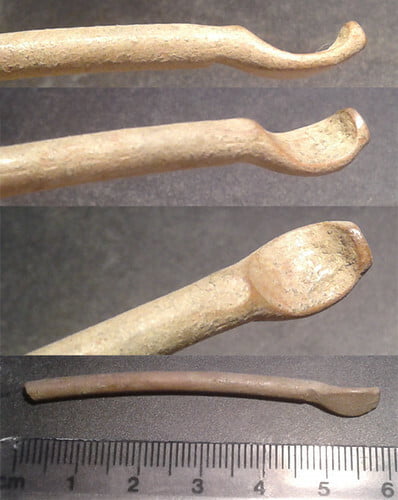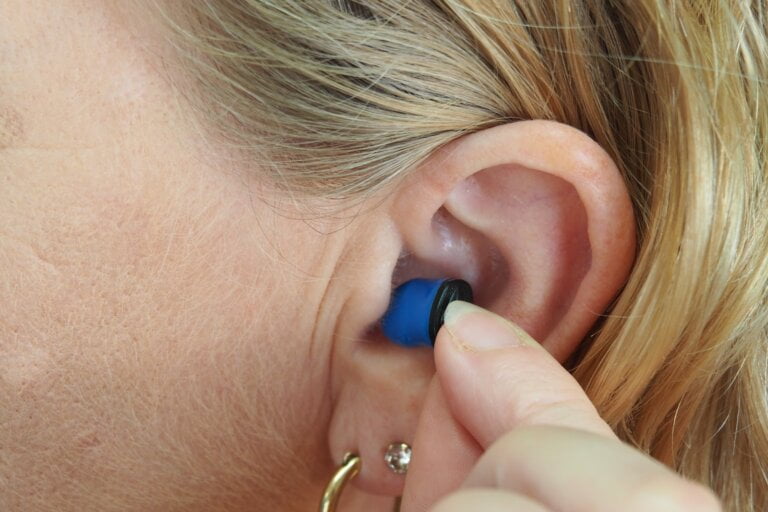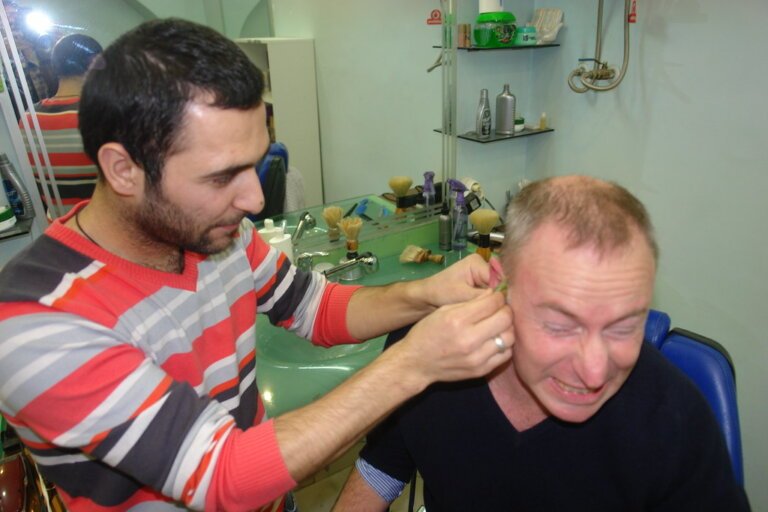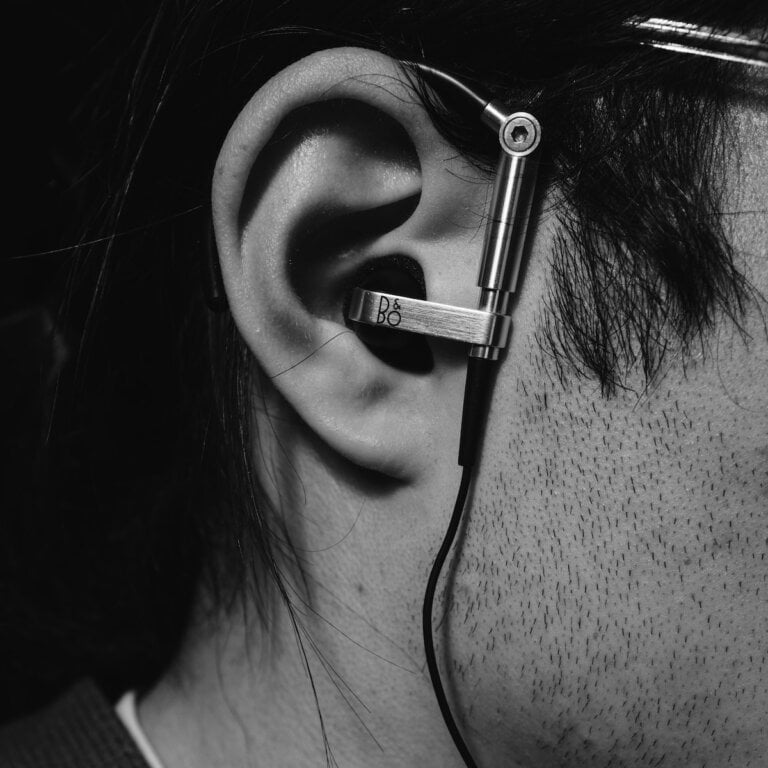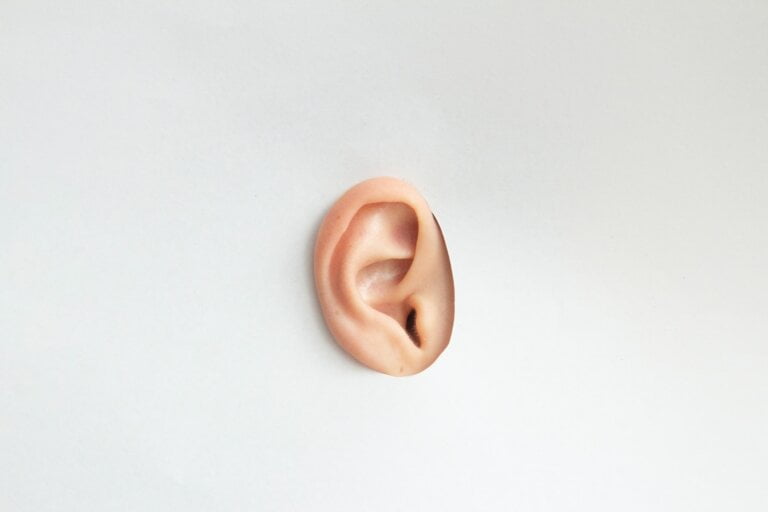Understanding the Manual Instrument Ear Wax Removal Apprenticeship Experience
Ear wax, also known as cerumen, is a natural substance produced by the glands in the ear canal. While it plays a crucial role in protecting the ear from dust, dirt, and foreign particles, excessive wax buildup can cause hearing loss, discomfort, and even infections. In such cases, manual instrument ear wax removal emerges as an effective solution.
Manual instrument ear wax removal is a specialized technique performed by trained professionals to safely and efficiently remove excess ear wax. Unlike other methods like ear candling or using ear drops, manual instrument ear wax removal ensures precise extraction without causing any harm to the ear canal or eardrum.
To become proficient in manual instrument ear wax removal, individuals can pursue an apprenticeship program that offers comprehensive training and hands-on experience. These apprenticeships are designed to equip individuals with the necessary skills and knowledge to safely perform ear wax removal procedures.
Benefits of an Apprenticeship Program
-
Practical Experience: Apprenticeships provide aspiring ear wax removal specialists with the opportunity to gain firsthand experience in a supervised setting. This practical training helps develop the necessary skills and confidence required for successful ear wax removal.
-
Mentorship: Apprenticeships offer the advantage of mentorship, allowing individuals to learn directly from experienced professionals. This guidance ensures that apprentices receive valuable insights, tips, and tricks that are not easily acquired through theoretical knowledge alone.
-
Industry Knowledge: An apprenticeship program provides a comprehensive understanding of the ear wax removal industry, including the latest techniques, tools, and safety protocols. This knowledge equips individuals with the expertise to effectively address different ear wax removal scenarios.
-
Hands-on Training: Through hands-on training, apprentices learn how to use various manual instruments, such as curettes, forceps, and suction devices, to remove ear wax. They also gain proficiency in assessing the severity of wax buildup and determining the most suitable removal technique for each case.
Apprenticeship programs are structured to provide a well-rounded education in manual instrument ear wax removal. The curriculum typically includes theoretical training, practical training, safety protocols, and patient communication.
The Apprenticeship Experience
During the apprenticeship program, individuals undergo rigorous training focused on the manual instrument ear wax removal process. The program typically consists of the following components:
1. Theoretical Training
Apprentices receive theoretical lessons covering various aspects of ear anatomy, the physiology of hearing, and the causes and effects of excessive ear wax. They also learn about different ear wax removal techniques and their associated benefits and risks.
The theoretical training component of the apprenticeship program ensures that aspiring ear wax removal specialists have a strong foundation in the knowledge necessary to understand the ear and the intricacies of ear wax buildup. By learning about the anatomy and physiology of the ear, apprentices can better comprehend the impact of excessive ear wax and the importance of its safe removal. They also gain insights into the various techniques available for ear wax removal, allowing them to make informed decisions regarding the most appropriate method for each patient.
2. Practical Training
Under the supervision of experienced professionals, apprentices get ample opportunities to practice manual instrument ear wax removal. They learn how to properly position the patient, use different instruments effectively, and ensure the safety and comfort of the individual throughout the procedure.
Practical training is a vital aspect of the apprenticeship program as it allows individuals to apply the theoretical knowledge they have gained in a real-world setting. By practicing the manual instrument ear wax removal process under the guidance of experienced professionals, apprentices can refine their technique, develop their skills, and build confidence in their abilities. They learn the proper positioning of patients to optimize access to the ear canal and minimize discomfort. Additionally, they become proficient in the use of various instruments, such as curettes, forceps, and suction devices, ensuring precise and efficient removal of ear wax.
3. Safety Protocols
Safety is of utmost importance during ear wax removal procedures. Apprentices are taught how to maintain a sterile environment, prevent cross-contamination, and identify any potential risks or complications. They learn to prioritize patient safety and comfort at all times.
During the apprenticeship program, individuals gain a thorough understanding of the safety protocols and guidelines necessary for the safe and effective removal of ear wax. They learn the importance of maintaining a sterile environment to minimize the risk of infections. Apprentices are trained to follow strict hygiene practices, such as using disposable gloves and sterilizing instruments appropriately. They also learn to identify potential risks or complications, allowing them to take appropriate action to ensure the well-being of the patient.
4. Patient Communication
Effective communication is crucial in any healthcare setting. Apprentices learn how to interact with patients, address their concerns, and provide them with clear instructions and post-treatment care advice. This ensures a positive and comfortable experience for the patients undergoing ear wax removal procedures.
Apprenticeship programs emphasize the development of strong communication skills to ensure effective interaction with patients. Apprentices learn how to establish rapport and create a comfortable environment that encourages open communication. They are trained to actively listen to patients, address their concerns, and provide them with clear instructions before, during, and after the ear wax removal procedure. By effectively communicating with patients, apprentices ensure that they are well-informed, feel at ease, and receive the necessary post-treatment care advice for optimal recovery.
Advancements in Manual Instrument Ear Wax Removal
Over the years, manual instrument ear wax removal has seen significant advancements to enhance its efficiency and safety. Some notable advancements include:
- Improved Instrument Design: Modern manual instruments used in ear wax removal are designed to maximize precision and minimize discomfort. They are often made from non-allergenic materials, ensuring a safe and comfortable procedure for the patient.
Advancements in instrument design have revolutionized the field of manual instrument ear wax removal. The development of specialized instruments, such as loop curettes and microsuction devices, has improved the precision and effectiveness of the procedure. These instruments are designed to be gentle on the ear canal and eardrum, minimizing discomfort and reducing the risk of injury. Additionally, the use of non-allergenic materials in instrument construction ensures that patients with allergies or sensitivities can safely undergo the procedure without adverse reactions.
- Medical Visualization Technology: The integration of medical visualization technology, such as otoscopes with built-in cameras, enables practitioners to visualize the ear canal during the removal process. This allows for better accuracy and reduces the risk of unintentional damage.
The integration of medical visualization technology has significantly improved the safety and accuracy of manual instrument ear wax removal. With the use of otoscopes equipped with built-in cameras, practitioners can visualize the ear canal in real-time, enhancing their ability to accurately locate and remove ear wax. This technology minimizes the risk of unintentional damage to the ear canal or eardrum, as practitioners can precisely navigate the ear canal and target specific areas of wax buildup.
- Training and Certification: With the increasing demand for qualified ear wax removal specialists, there are now formal training programs and certifications available. These programs ensure that practitioners are up-to-date with the latest techniques and safety protocols.
The field of manual instrument ear wax removal has recognized the importance of standardized training and certification. Formal training programs and certifications are now available to ensure that practitioners possess the necessary knowledge and skills to provide safe and effective ear wax removal procedures. These programs cover the latest advancements in the field, ensuring that practitioners are equipped with the most up-to-date techniques and safety protocols. By completing these training programs and obtaining certifications, ear wax removal specialists can demonstrate their expertise and commitment to providing high-quality care to their patients.
Conclusion
Understanding the manual instrument ear wax removal apprenticeship experience is essential for aspiring ear wax removal specialists. The apprenticeship program provides a solid foundation of theoretical knowledge and hands-on training, enabling individuals to safely and effectively perform ear wax removal procedures. With advancements in instrument design and technology, the field of manual instrument ear wax removal continues to evolve, ensuring a high standard of care for patients seeking relief from excessive ear wax.
Note: This response has been provided in English as per your instructions.
FAQ
Q: What is manual instrument ear wax removal?
A: Manual instrument ear wax removal is a specialized technique performed by trained professionals to safely and efficiently remove excess ear wax using instruments such as curettes, forceps, and suction devices.
Q: What are the benefits of an apprenticeship program for manual instrument ear wax removal?
A: An apprenticeship program provides practical experience, mentorship from experienced professionals, industry knowledge, and hands-on training in manual instrument ear wax removal.
Q: What does the apprenticeship experience for manual instrument ear wax removal involve?
A: The apprenticeship experience includes theoretical training on ear anatomy and wax removal techniques, practical training under supervision, learning safety protocols, and developing effective patient communication skills.
Q: What advancements have been made in manual instrument ear wax removal?
A: Advancements in manual instrument ear wax removal include improved instrument design for increased precision and comfort, the integration of medical visualization technology for better accuracy, and the availability of formal training programs and certifications to ensure practitioners are up-to-date with the latest techniques and safety protocols.


